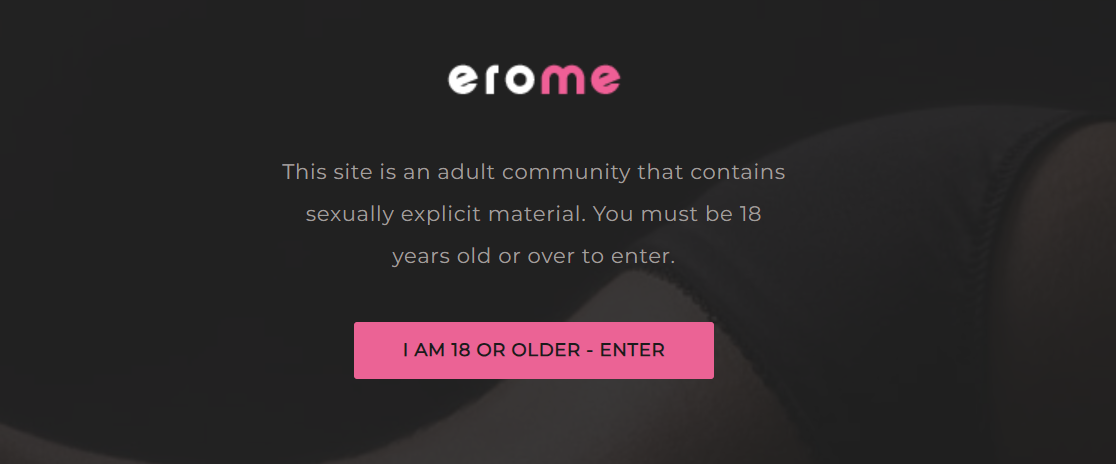The Role of Hair Porosity in Color Absorption and Longevity

Hair porosity is a crucial factor in determining how well hair absorbs and retains color. Whether you’re visiting a color hair salon for a complete transformation, opting for a balayage hair salon to achieve natural, sun-kissed highlights, or undergoing hair scalp treatments to improve overall hair health, understanding hair porosity can enhance the outcome of your service.
What is Hair Porosity?
Hair porosity refers to the hair’s ability to absorb and retain moisture, which also affects how it takes in and holds onto hair color. There are three levels of porosity:
- Low Porosity: The cuticle layer is tightly bound, making it difficult for moisture and color to penetrate.
- Medium Porosity: The cuticle layer is slightly open, allowing for even absorption and retention of color.
- High Porosity: The cuticle layer is widely open, causing rapid absorption but also quick fading of color.
How Hair Porosity Affects Color Absorption
Hair porosity directly influences the results of your hair coloring service:
- Low Porosity Hair: Since the cuticles are tightly closed, it takes longer for the hair to absorb color. A professional stylist at a color hair salon may use heat or pre-treatment techniques to help the cuticle open for better color penetration.
- Medium Porosity Hair: This is the ideal hair type for coloring, as it absorbs and holds pigment well, leading to vibrant and long-lasting results.
- High Porosity Hair: While it soaks up color quickly, it also tends to fade faster. To prevent excessive color loss, stylists often recommend protein treatments or deep conditioning to restore strength and seal the cuticle.
Balayage and Hair Porosity
When visiting a balayage hair salon, hair porosity plays a major role in achieving a seamless, blended effect. Balayage requires strategic color placement, and overly porous hair may result in uneven tones or excessive lightening. Professional stylists customize the formula and processing time based on your hair’s porosity to ensure natural, well-balanced highlights.
Scalp Health and Hair Porosity
A healthy scalp is the foundation of beautiful, color-treated hair. Hair scalp treatments not only nourish the roots but also help regulate moisture levels, which can impact porosity. Regular scalp treatments, such as exfoliation, hydration, and detoxifying masks, promote better color absorption by ensuring that the hair cuticle remains balanced and less prone to damage.
Tips for Maintaining Color Longevity Based on Hair Porosity
- Use Sulfate-Free Shampoo – Gentle cleansing prevents excessive color stripping, especially for high-porosity hair.
- Deep Condition Regularly – Helps maintain hydration and improve cuticle health.
- Protect Hair from Heat and Sun – UV exposure and heat styling can accelerate color fading, particularly in porous hair.
- Schedule Regular Salon Treatments – A visit to a color hair salon for gloss treatments or conditioning services can keep your color vibrant.
- Balance Protein and Moisture – Too much protein can make hair stiff, while excessive moisture may cause weakness. A professional stylist can guide you in finding the right balance.
Final Thoughts
Understanding hair porosity is essential for achieving and maintaining beautiful, long-lasting color. Whether you’re opting for a balayage, full hair transformation, or simply looking to enhance scalp health, working with expert stylists at a color hair salon or balayage hair salon can ensure optimal results. Additionally, incorporating hair scalp treatments into your routine will not only improve porosity but also enhance the overall health of your hair.
For the best results, consult with a professional stylist who can assess your hair’s porosity and customize treatments accordingly. This will help you achieve the color longevity and vibrancy you desire while maintaining the integrity of your hair.
Frequently Asked Questions (FAQ)
1. How do I determine my hair porosity? You can test your hair porosity by placing a strand in a glass of water. If it floats, you have low porosity; if it sinks slowly, you have medium porosity; and if it sinks quickly, you have high porosity.
2. Can hair porosity change over time? Yes, factors such as heat styling, chemical treatments, and overall hair care routines can alter hair porosity.
3. How does low porosity affect hair coloring? Low porosity hair is resistant to absorbing color, so stylists may use heat or special treatments to help the cuticle open and allow better absorption.
4. What products are best for high porosity hair? High porosity hair benefits from protein treatments, deep conditioning masks, and leave-in conditioners to help retain moisture and prevent rapid color fading.
5. How can scalp treatments improve hair porosity? Scalp treatments promote a healthy environment for hair growth, improving hydration and cuticle condition, which can enhance color absorption and longevity.
6. How often should I get balayage touch-ups? Balayage is a low-maintenance style, but touch-ups are recommended every 8-12 weeks, depending on your hair growth and desired look.
7. What is the best way to maintain color-treated hair? Use sulfate-free shampoos, deep condition regularly, avoid excessive heat styling, and schedule salon treatments to maintain color vibrancy.







